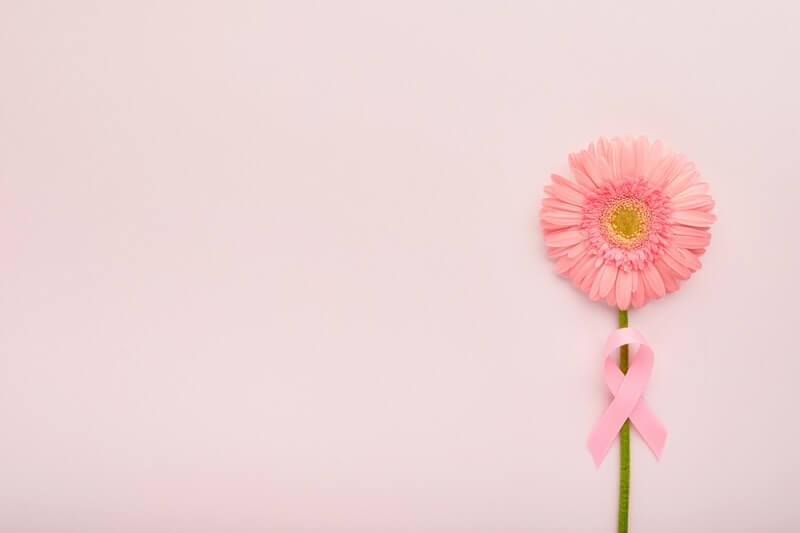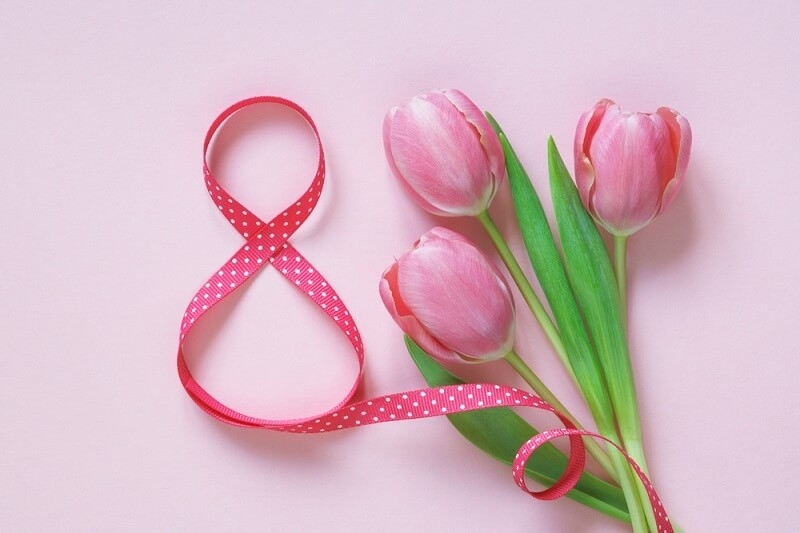Flower Symbolism and the Hidden Messages Behind Blooms

Flowers possess a silent, universal language that speaks volumes without words. For centuries and across cultures, we have conveyed messages within blooms using messages that are so profound we cannot tell them. This complex set of layers we call flower symbolism, or floriography, turns an ordinary bouquet into a larger story. Whether you are talking about the passionate trope of tulips within love, searching for an understanding of what flowers represent friendship, or celebrating a fresh start and everything in between, it is worth understanding this language and using flowers to deepen your messages. This guide is here to help you read the petals, from the meanings of rose colors explained to all the most sentimental flowers that indicate gratitude—plus the best flowers to represent new beginnings.
The Historical Roots of Flower Symbolism
Flower communication is not a contemporary concept. It has its roots in mythology from the ancient Greeks and Romans, in China, and in the complicated art of the Victorian period. In the 19th century, floriography arose as a social craze of elaborate meanings, especially in England. In a repressed society where expressing emotions openly was often considered improper, a bouquet, or tussie-mussie, became a symbol of coded emotions, whether compassion, trust, suspicion, or even rejection. Specific hands held upside down created a non-verbal message associated with particular blooms and herbs. That builds into this traditional idea of flower symbolism and gives it emotional weight today.
Rose Color Meanings Explained: More Than Just Romance
When it comes to symbolic flowers, the rose is typically the first that comes to mind. Though roses are generally associated with love, the perception of love can significantly shift depending on the color of the rose. Knowing the color meanings behind roses, discussed thoroughly, allows you to be sure your floral bouquet conveys the intended message.
- Red Roses: Considered the quintessential symbol of love, red roses represent love, deep love, passion, desire, and respect. Red roses have been used as a classic expression of romantic intentions.
- Pink Roses: Pink roses are softer than red roses and symbolize admiration, gentleness, and happiness. While darker pink roses convey gratitude, light pink roses symbolize sweetness and innocence, making them great symbolic flowers for friendship and new love.
- White Roses: White roses symbolize purity, innocence, and new beginnings and are often used for weddings. They can also symbolize reverence and remembrance and are commonly used for sympathy arrangements.
- Yellow Roses: Yellow roses were once considered the symbolic flowers of jealousy, but have been redeemed and are now recognized as the symbolic flowers of joy, warmth, and platonic love. They are great symbolic flowers used for friendship and can be sent to a friend to celebrate some accomplishment or to brighten their day.
- Orange Roses: Full of vigor, orange roses represent fascination, excitement, and desire. They are an audacious choice to display passionate attraction or very intense excitement.
- Lavender Roses: A unique and captivating color, lavender roses denote love at first sight and enchantment. They possess an ethereal quality and a sense of awe.
The Meaning of Tulips in Love and Renewal

Tulips are graceful and colorful blooms, one of the most popular flowers in the spring, and they signify perfect, deep love. However, they represent more than romance. The meaning of tulips in love is mainly about declaration and rebirth. In Persian mythology, a red tulip grew from the blood of a prince who proclaimed his intense passion for a beautiful maiden. The tulip's symbolism varies from color to color, just as it does for roses:
- Red Tulips: Red tulips are the most romantic flowers and a potent symbol of true love.
- Pink Tulips: Represent love, good wishes, and caring, making them a wonderful gift for friends or romantic relationships.
- Yellow Tulips: For historical purposes, yellow tulips symbolize hopeless love, but in recent interpretations, they have taken on a happier meaning and stand for happy thoughts, sunshine, and warm friendships.
- White Tulips: Stand for forgiveness, respect, and purity. These distinctions work perfectly when extending an apology or for a spiritual occasion.
- Purple Tulips: Purple tulips symbolize royalty and elegance, making them a delicious and luxurious gift.
As a herald of spring, tulips are also some of the best flowers for new beginnings, especially as gifts for a housewarming, a new job, or to celebrate getting through a tough time.
Symbolic Flowers for Friendship: Celebrating Platonic Bonds
Not every significant connection is romantic. Sending flowers to celebrate friendship is an age-old custom. The only requirement is to select flowers expressing happiness, loyalty, and joy. Consider the cheerful choices below if you're looking for flowers that symbolize friendship!
- Yellow Roses: They are the ultimate champion in friendship bouquets.
- Alstroemeria: Also known as the Peruvian lily. Alstroemeria represents devotion, support, and a long-standing friendship. It is a good symbol of friendship because of its long vase life.
- Iris: Representing faith, hope, and wisdom, the iris is a meaningful gift for a friend going through a difficult time or a friend whose judgment you trust.
- Sunflowers: A cheerful and tall flower symbolizing affection, loyalty, and genuine happiness—they are an impulse of something truly upbeat to put in the front room and a good way to remind a friend what a little sunshine they bring into your life.
- Zinnia: Zinnias symbolize enduring love, goodness, and remembrance for absent friends. They can also be a great choice, with various colors.
Flowers That Represent Gratitude and Appreciation
Sometimes, "thank you" alone doesn't feel like enough. A bouquet chosen for its meaning can amplify your message of appreciation. When you want to express sincere thanks, look for flowers of gratitude.
- Hydrangea: With their full, bursting blooms, hydrangeas sincerely express gratitude for being understood. They symbolize heartfelt and honest emotions.
- Pink Roses: Dark pink roses are a traditional way to say "thank you."
- Blue Iris: This variety can symbolize faith and hope, but it also carries a meaning of gratitude.
- Bellflower (Campanula): As the name suggests, these bell-shaped flowers symbolize gratitude, constancy, and everlasting love, making them a unique and meaningful gift.
- Peony: In some cultural contexts, these lush, fragrant flowers are given as a sign of gratitude, particularly for a happy marriage or life, but they can also extend to other forms of appreciation.
The Best Flowers for New Beginnings
Life is full of transitions, and flowers are a lovely way to honor them. Certain flowers perfectly encapsulate hope and new beginnings, whether the occasion is a graduation, a new house, recuperation, or birth. The best flowers for new beginnings will unite purity, hope, and future promise.
- Daffodil: Daffodils are the ultimate representation of new beginnings. Often seen trumpeting their arrival in the spring, daffodils signify rebirth, hope, and unrequited love. They are a wonderful gift for anyone starting a new chapter.
- White Tulip: White tulips represent a fresh start's purity, forgiveness, and renewal. An elegant choice and perfect for anyone needing a new beginning, white tulips are an exciting choice.
- Lily of the Valley: This delicate and fragrant flower signifies sweetness, humility, and the return of happiness. Wishing someone happiness on their new journey is perfect with the lily of the valley.
- Peony: Peonies are often viewed as a blessing for prosperity, good fortune, and a flower that inspires a happy life. In addition to all this, peonies are also usually firm representations of a new beginning.
- Cherry Blossom: While cherry blossoms would not typically be arranged in a bouquet, providing a gift with a depiction of cherry blossoms, or inspired by them, represents a way to acknowledge new beauty and its transitory nature.
Crafting Your Own Symbolic Bouquet
The true beauty of flower symbolism lies in personalization. You don't have to stick to one type of flower. Combine blooms to create a unique, layered message. Pair yellow roses (friendship) with alstroemeria (devotion) for a best friend. Combine daffodils (new beginnings) with iris (hope) for someone starting a new job. Or, mix red tulips (perfect love) with lavender (devotion) for a romantic partner. Understanding the individual meanings allows you to craft a bouquet that tells a complete and heartfelt story.
Conclusion
The language of flowers is a beautiful, timeless tradition that adds profound meaning to our gestures of affection, friendship, and support. From the deep meaning of tulips in love to the cheerful symbolic flowers for friendship, each bloom carries a story. By understanding the nuances of rose color meanings, knowing the flowers that represent gratitude, and choosing the best flowers for new beginnings, we can communicate more deeply, sending messages that resonate long after the petals have fallen.
This content was created by AI

